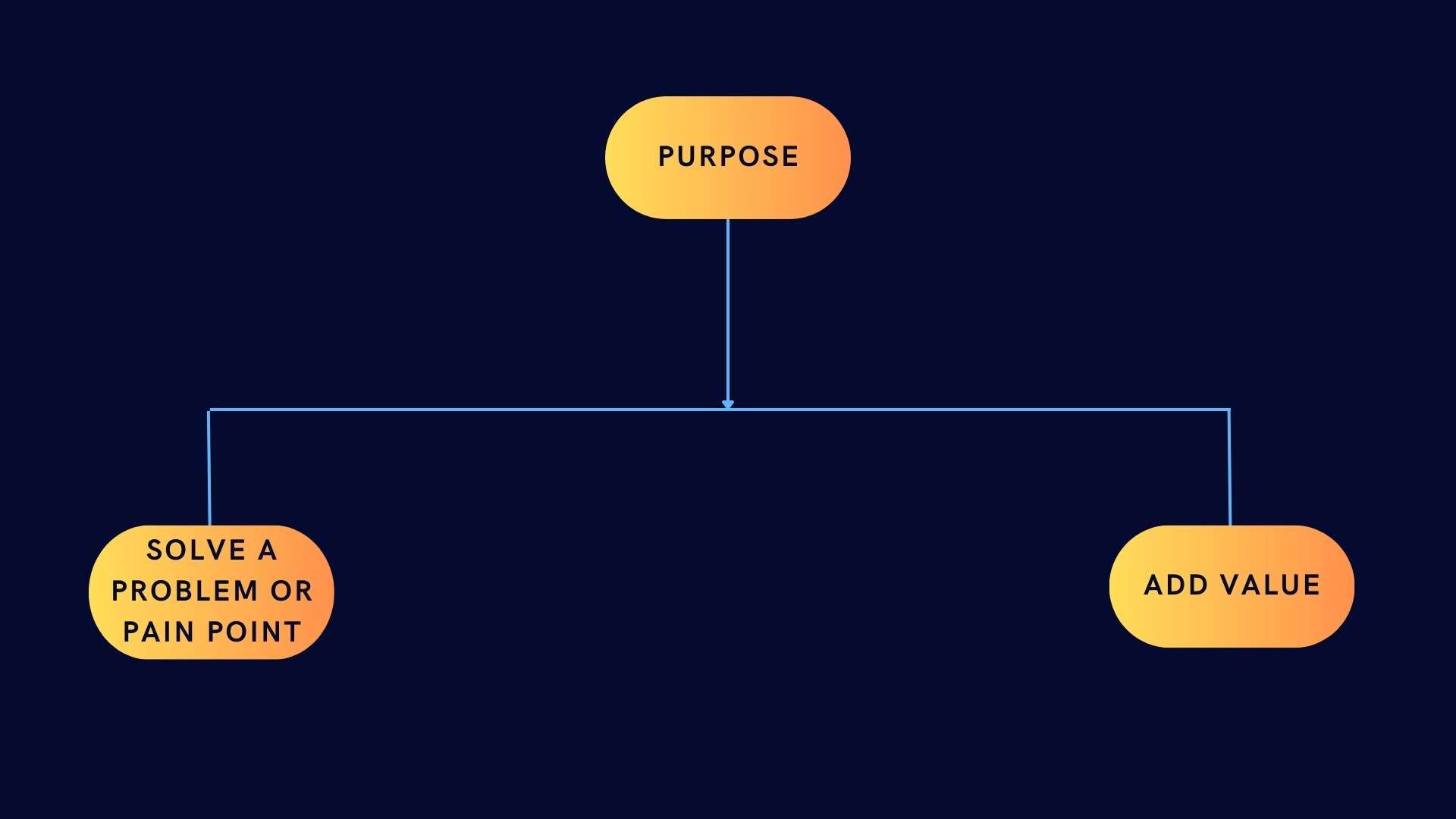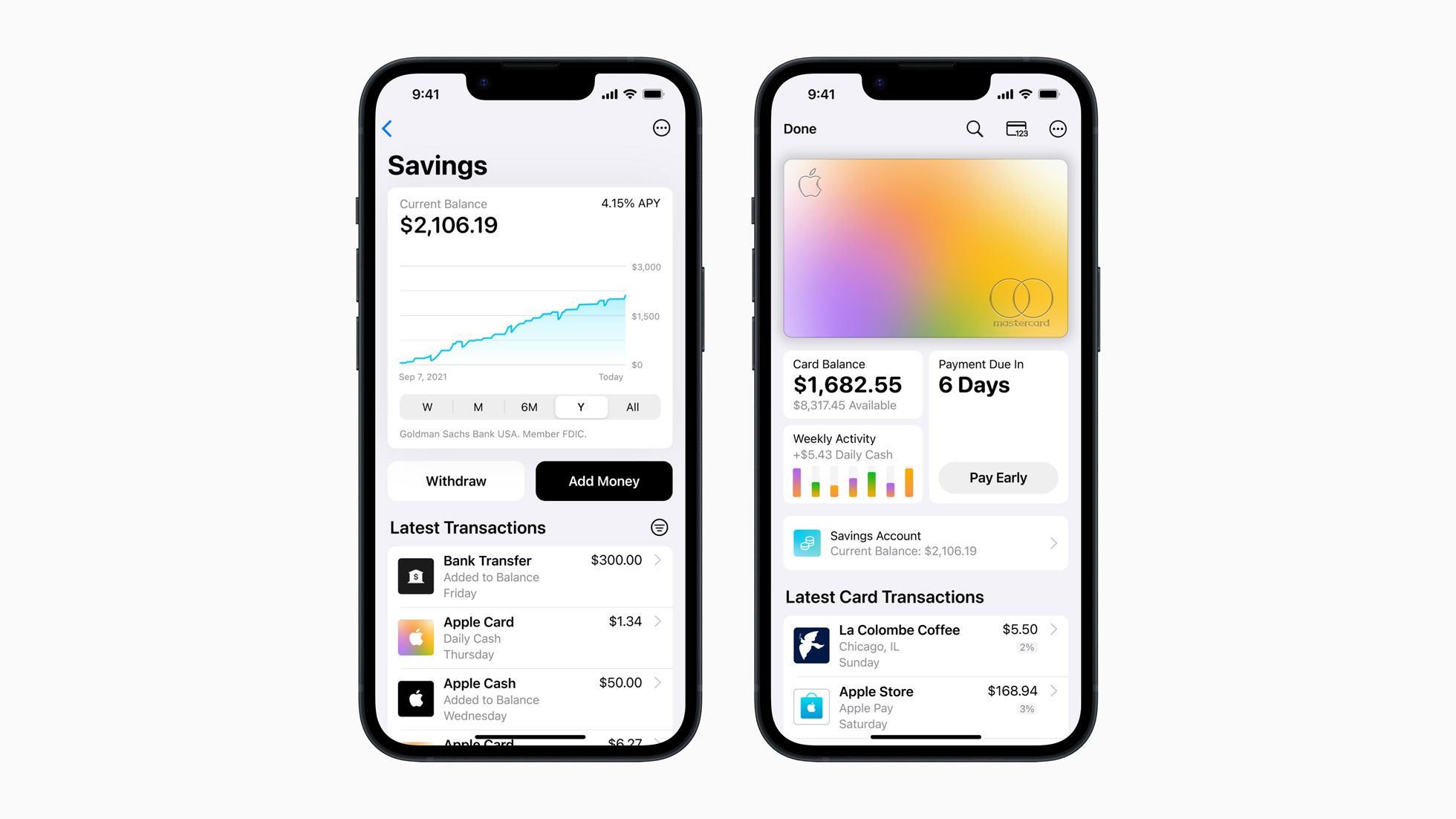Strategy Byte - Week 4 : Defining Purpose

Table of Contents
Recap
Clarity & Specificity of Purpose
Reviewing the Purpose Statement
The Problem Statement
Recap
Last week we started our journey of exploring strategy with WHY? Anything that we do in life personally or professionally has an objective or a purpose. We stated that a core purpose can be something that a company does uniquely:
- By creating something that solves a problem or
- That adds value to a situation

We then checked out some company statements to see how their actions reflect their core purpose.
Since a company's action flows from it's core purpose, it is critical that this purpose be defined correctly & clearly.
Without a clear objective, a company will not have the required focus in it's actions (identifying customers, competitors, allocating resources etc). It's like traveling without a destination in mind. It will be like mindlessly driving about without any idea of where to go next.
Clarity & Specificity of Purpose
Let us consider the below statements (Not from any live case)
- Our core purpose is to be customer-focused
- Our core purpose is to have innovative products
Even though it sounds like a purpose, it does not provide adequate guidance or support on how a company will go about achieving the milestones required for sustained profitability.
Roger L Martin in his book "Playing to Win" equates core purpose as winning aspiration. The aspiration or core purpose should result in something tangible like sustainable competitive advantage, superior customer experience etc which will result in sustained financial returns (Net Profit, RoA, RoE etc) & winning in it's core focus areas.
As I mentioned last week, the purpose of my blog is to share my learnings. Why? So my perspective & experience can add value to someone else. Knowledge is to be shared & applied in our personal or professional lives. In sharing my learnings, I add value to someone else & I grow intellectually too. That is my winning aspiration - That is how I win.
Our core purpose should be clear in that it guides us in what we do next:
- What action to take
- Where we are competing
- Who our competitors are
If we saw Microsoft purpose statement, it is about making each person & organization to achieve more & this is reflected in their enterprise products like Office 365, Azure cloud etc which helps organizations to be more productive.
It is very important that any core purpose or winning aspiration has to be focused on the customer.
The greatest management thinker of all time, Peter Drucker said "To satisfy the customer is the mission & purpose of of every business"
Reviewing the Purpose Statement
Once we identify a purpose or a diagnose a problem, is it set in stone never to be changed? Well, in this age of disruption, external environment changes require us to constantly check in & review our core purpose to see if it needs tweaking in line with the external environment or if our core purpose is relevant at all.
Most of the times, the core purpose need not be changed but there could be a strategic problem caused by disruptive forces in the market.
We mentioned last week about strategy being about solving problems as Richard Rumelt mentioned in his book "Good Strategy / Bad Strategy".
The first step in identifying a strategy is Diagnosis which means analyzing the problem. Thus, we have to first identify the problem & it has to be stated clearly in that it identifies the core issue which needs resolution through a strategy. He states that :
If you fail to identify & analyze the obstacles, you don't have a strategy
For e.g., with challenger banks, Fintech companies or even Apple challenging traditional banks with new offerings, a traditional bank may see it's customers moving to these more nimble banks or companies which offer faster & better services compared to traditional banks.
Unless the traditional bank defines this problem in that it has to change or transform itself to a more nimble version (meaning Digital Transformation) to offer these services in a unique way that makes their customers happier than with others, they will lose customers & this will result in falling revenues, reduced profitability etc.


Thus the strategy of traditional banks need to change in line with this challenge in the external environment. Their competitors used to be other traditional banks offering almost the same products or services. Now that is not the case.
Some of the questions to be answered in diagnosing this problem - How will traditional banks compete in such an environment? Who are the new competitors? How will they maintain their edge in this new environment?
A good purpose sets the stage for value creation & capture - Cynthia Montgomery.
How can we ensure that we define our problem or purpose correctly in line with underlying facts? This is done through a Problem Statement.
The Problem Statement
A problem statement is generally used by strategy consultants to define the problem so that the right problem statement can be generated & the right solution found accordingly.
A problem statement is a clear description of the problem you are trying to solve & is typically most effectively stated as a question. Problem statements are subtly critical in problem solving. They have an uncanny ability in focusing the effects of brainstorming, teamwork & projects. (Source : here)